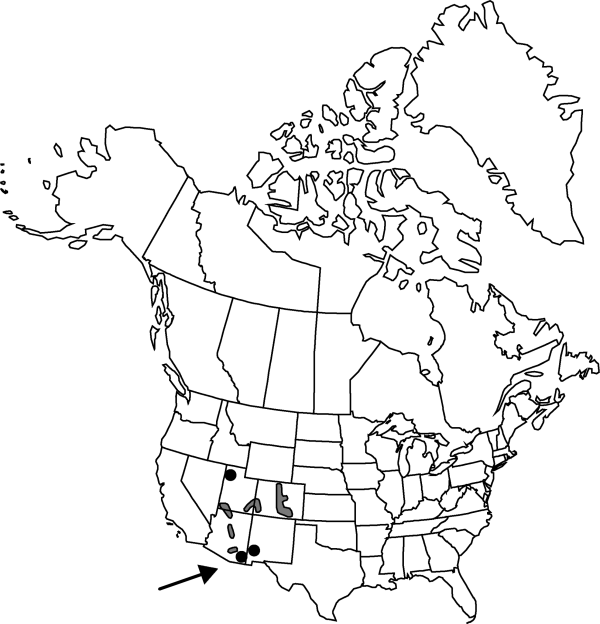Claytonia rosea
Bull. Torrey Bot. Club 31: 404. 1904.
Plants perennial, with globose tubers 20–100 mm; periderm 5–10 mm. Stems 2–15 cm. Leaves: basal leaves sometimes absent, petiolate, blade linear to narrowly spatulate, 1–7 × 0.4–2 cm, apex acute to obtuse; cauline leaves petiolate, blade linear, 2–5 cm, apex acute to obtuse. Inflorescences multibracteate, rarely 1-bracteate; proximalmost bract leaflike, distal bracts reduced to membranous scales. Flowers 8–14 mm diam.; sepals 3–5 mm; petals pink, rose, or magenta, 8–10 mm; ovules 6. Seeds 2–3 mm, shiny and smooth; elaiosome 1–2 mm. 2n = 16.
Phenology: Flowering Feb–May.
Habitat: Hillsides and mesas of montane ponderosa and Chihuahuan pine and oak belts
Elevation: 800-2400 m
Distribution

Ariz., Colo., N.Mex., Utah, Mexico.
Discussion
Claytonia rosea is morphologically distinct from C. lanceolata based on early cytological and ecological study of the two species by D. K. Halleck and D. Wiens (1966) and the author’s review of type material.
Selected References
None.